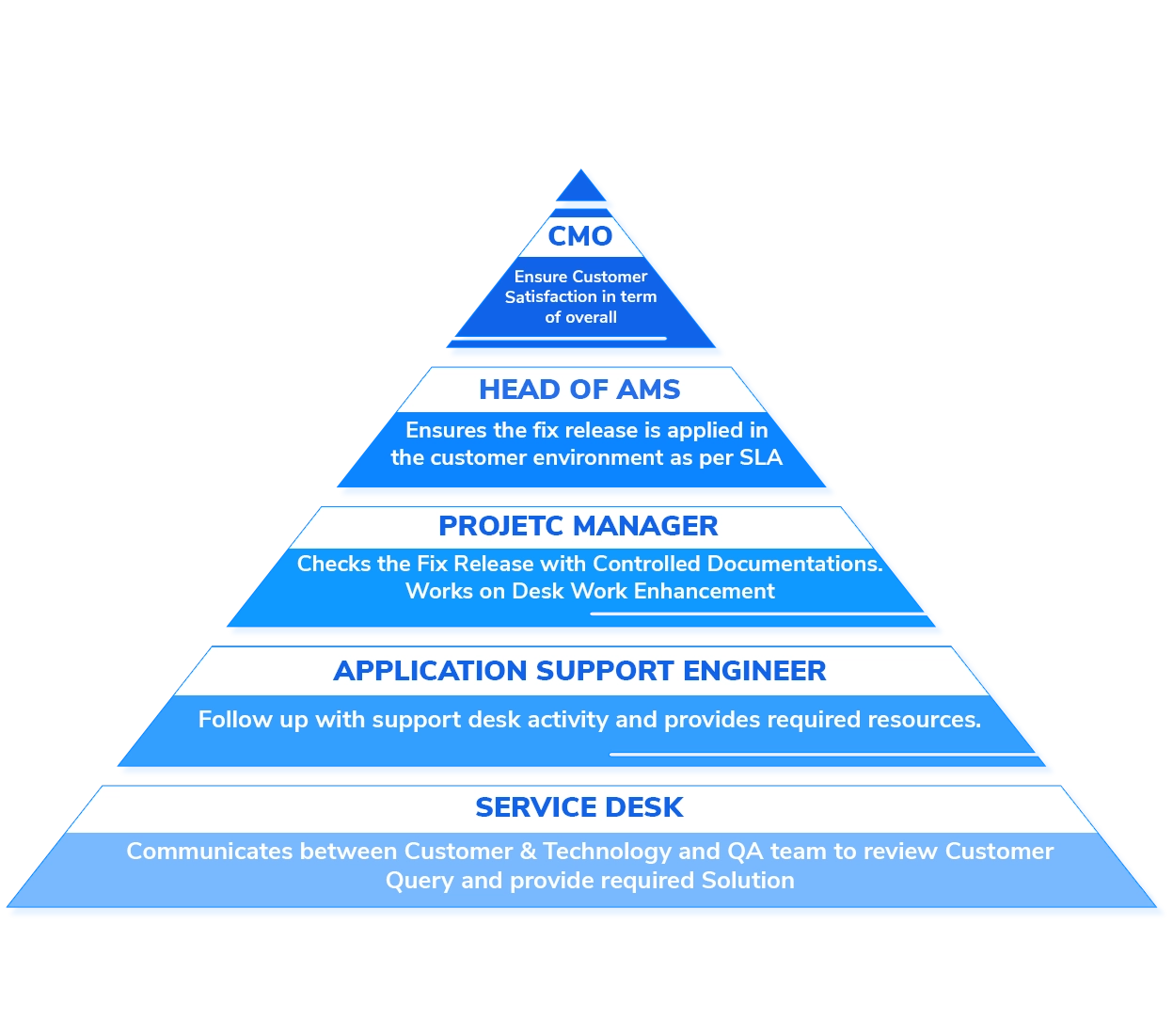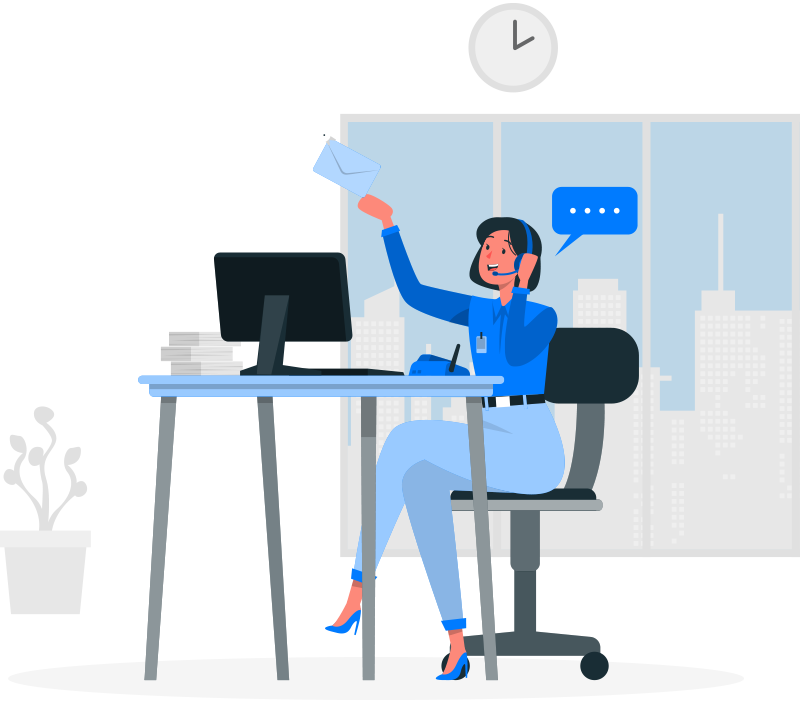Response and Resolution Times
Severity codes are used to determine appropriate response and resolution times. Response and resolution times are measured from when the incident is opened by the help desk. If the problem is not resolved within the defined timeframe, continuous effort will be applied until the problem is resolved.
- The initial response is when a ticket is opened and acknowledged by help desk staff.
- Estimation - Response is when the user who logged the ticket is informed of an estimated resolution time.
- Subsequent Responses is the frequency with which the user that logged the ticket is updated on the resolution status.
- Resolution is the point at which the problem is resolved and the application function is returned to a usable and available state.
Note: The time of resolution (hours) mentioned above are only indicative. They will vary from customer to customer based on the actual individual SLA.











